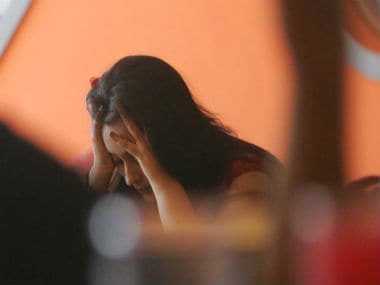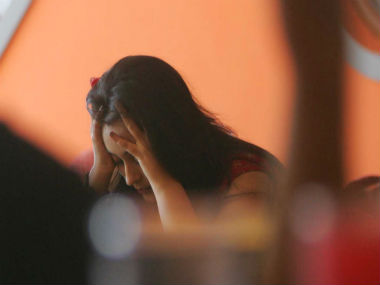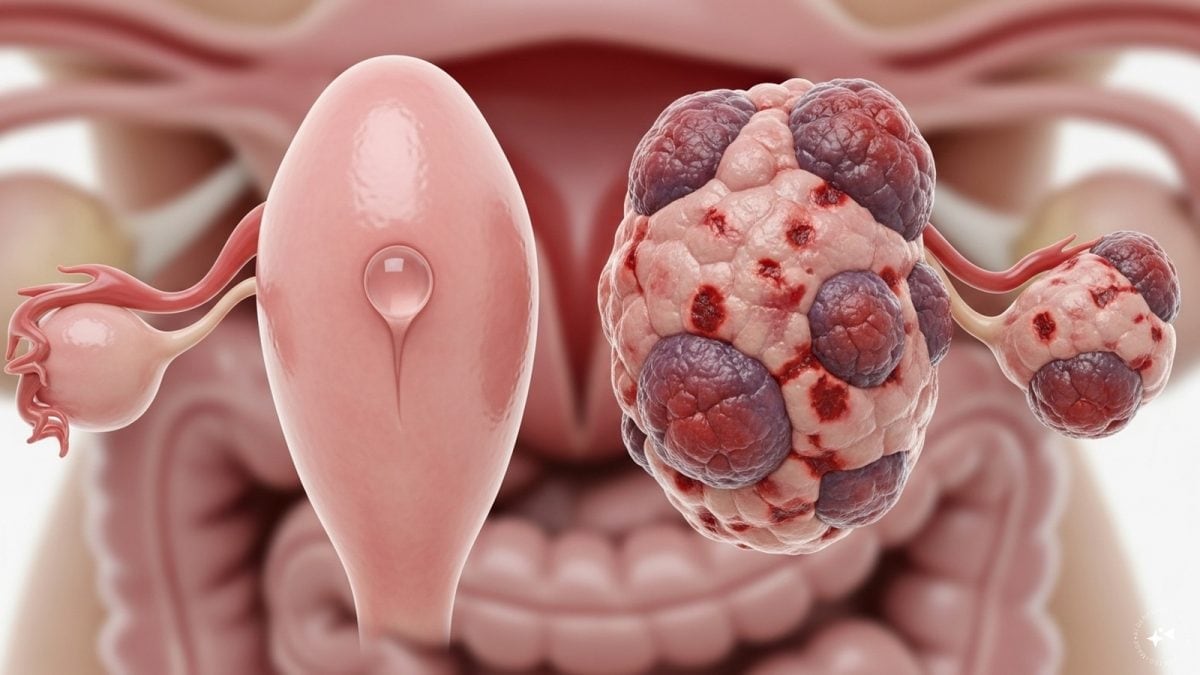If you were to split the world into people who experience migraine headaches and those who don’t, the half that lives with migraine would have three times more women than men. Migraine is a neurovascular disorder - the trigeminal nerve that controls the blood vessels in the brain has a central role in it. Typically, patients experience throbbing pain in one section of the head accompanied by nausea, or hypersensitivity to light, sound and smell. Stress, hormonal fluctuations, sleep disturbances, eating late or missing a meal altogether, loud parties or flashing lights may induce these headaches in people living with migraine. [caption id=“attachment_7389121” align=“alignleft” width=“380”]  Representational image. Image source: Getty Images[/caption] Late last year, researchers at the Universitas Miguel Hernandez de Elche, Spain, analysed past studies to show the link between sex hormones and migraine: they found that while estrogen makes women more susceptible to this condition, testosterone seems to protect men from it.
The past studies
In 2003, the US Census Bureau conducted a National Health Interview Survey (NHIS) with 40,000 Americans (70% adults, 30% children) to understand the prevalence of migraine there. The survey showed that young girls and boys have a similar, one-year prevalence of migraine attacks. After puberty, the number of migraine attacks increases in both genders; however, it is three times higher in females compared with males. The NHIS also found that the difference in the migraine attacks is largest at the age of 30.2 and begins to recede at the age of 42 years - it decreases sharply around the time when women hit menopause. Previous studies have also shown that women not only face much longer and more intense migraine attacks than men, but the phonophobia, photophobia, nausea and vomiting also last longer in women than in men. Another study with 2,082 migraine patients (1,804 females and 278 males) found that the duration and intensity of migraine attacks depend considerably on age in women. The attacks tend to be severe above the age of 30 years. However, men show no such fluctuations in the intensity of migraine intensity or occurrence.
Self-care for migraine
Migraine pain can last from four hours to three days. People living with chronic migraine get these attacks 15 times in a month. Naturally, migraine has an impact on the patients’ quality of life. If you or a loved one has this condition, there are home remedies you can try to ease the pain just a little bit. Before proceeding, it’s important to note that tips and home remedies may help some people suffering from this condition. However, your doctor knows your condition and triggers best - it is always a good idea to take your doctor’s go-ahead beforehand.
- Make a separate box for your migraine medicines, and keep it handy.
- Quit caffeine or limit the amount of coffee you drink.
- Massage your pain area with lavender oil - it can help some people sleep better, too.
- Practice daily guided meditation.
- Make a paste with sandalwood, camphor and a little bit of water. Applying this paste on the forehead can help relieve pain for some patients.
Health articles in Firstpost are written by myUpchar.com, India’s first and biggest resource for verified medical information. At myUpchar, researchers and journalists work with doctors to bring you information on all things health. For more information, please read our in-depth article on Migraine: Types, Causes, Symptoms, Treatment and Remedies.


)

)
)
)
)
)
)
)
)



